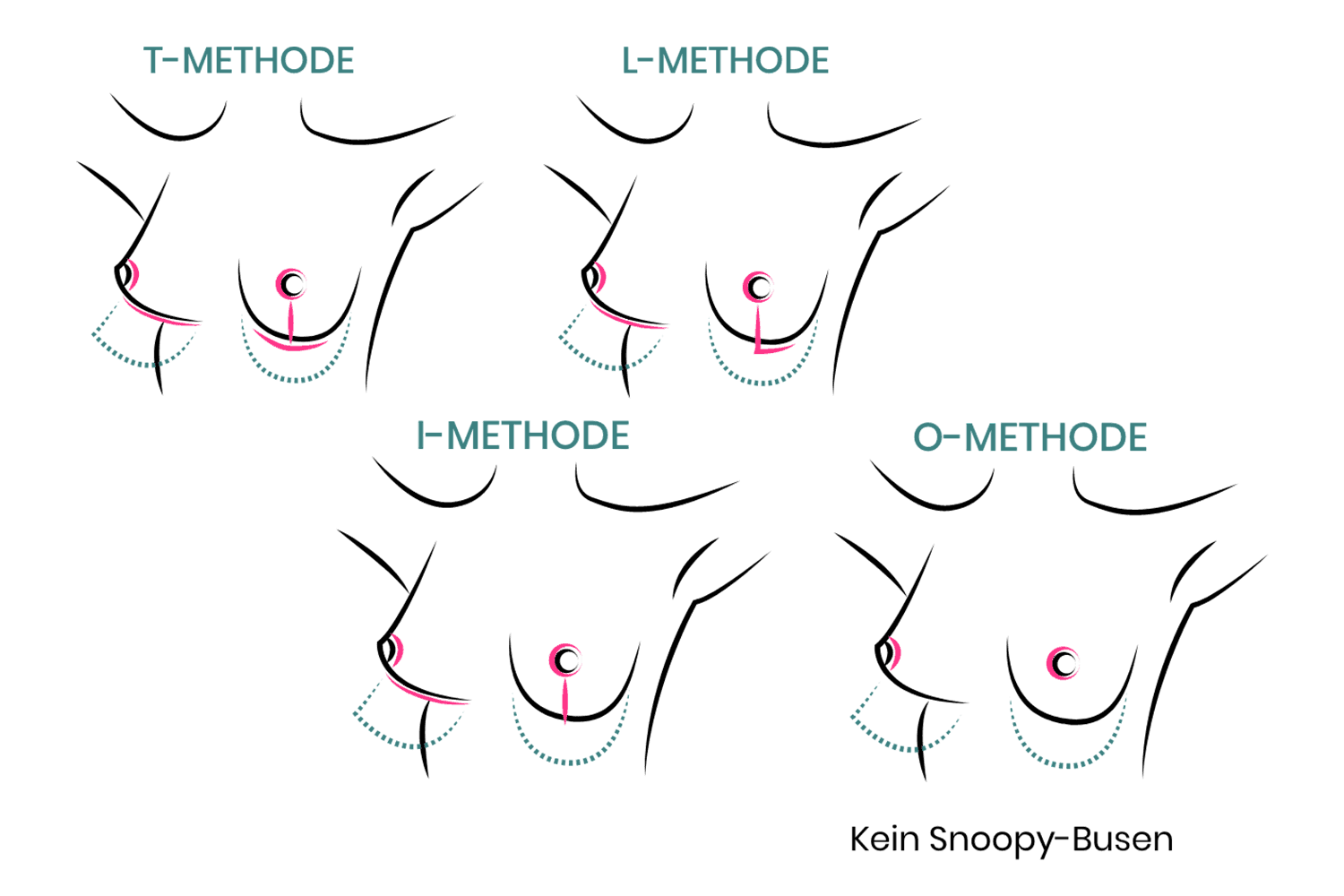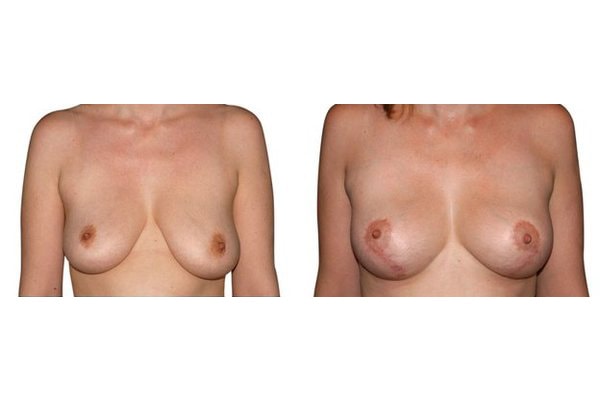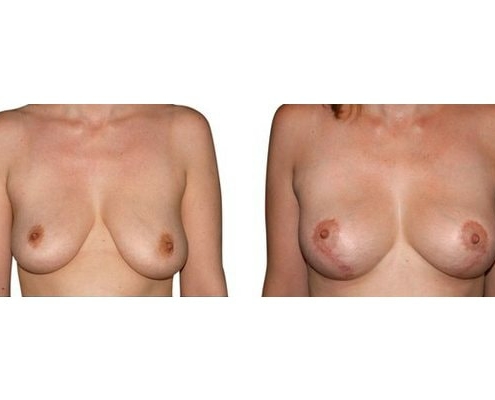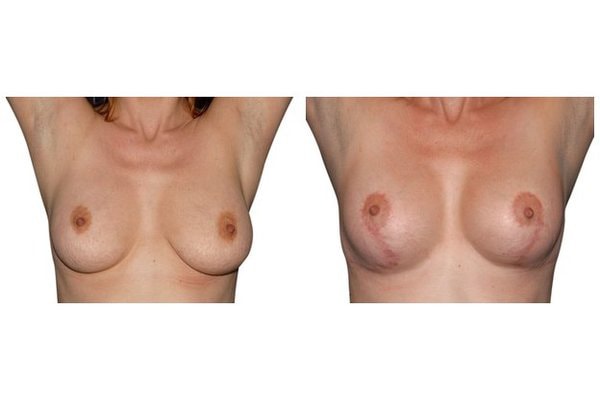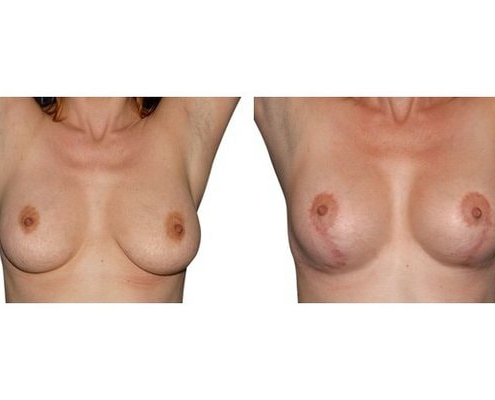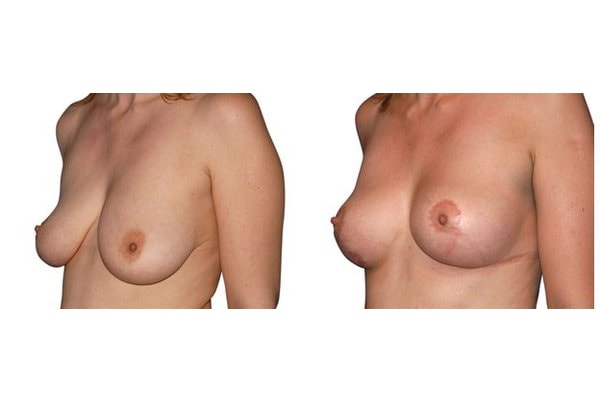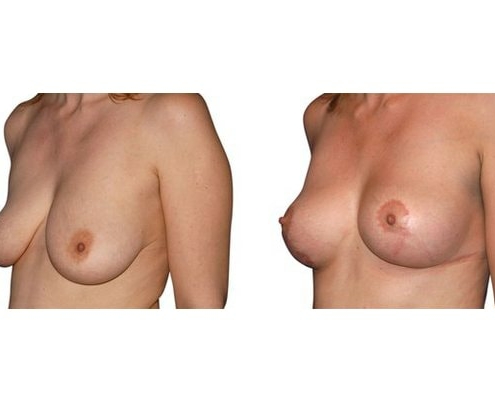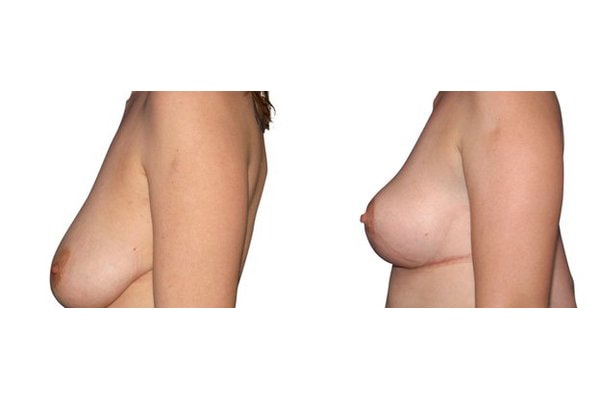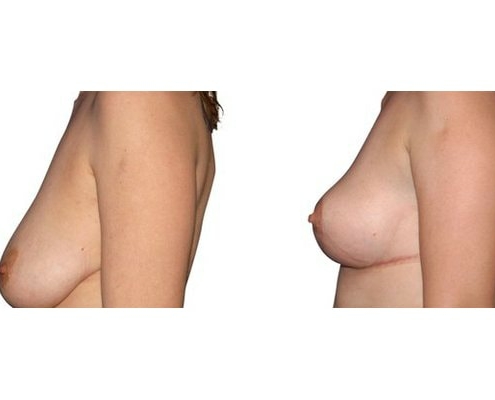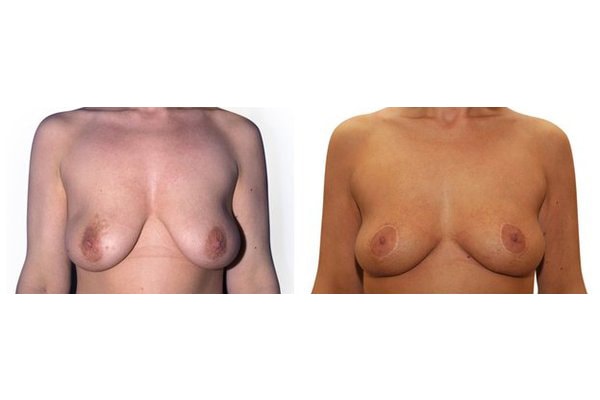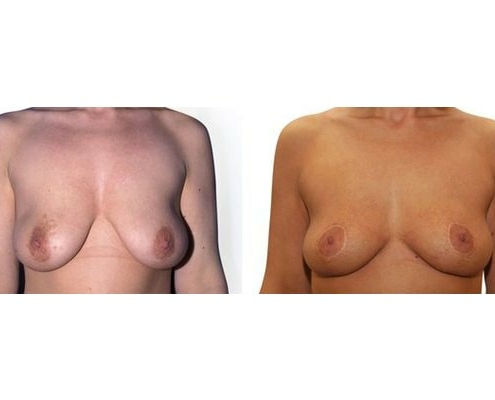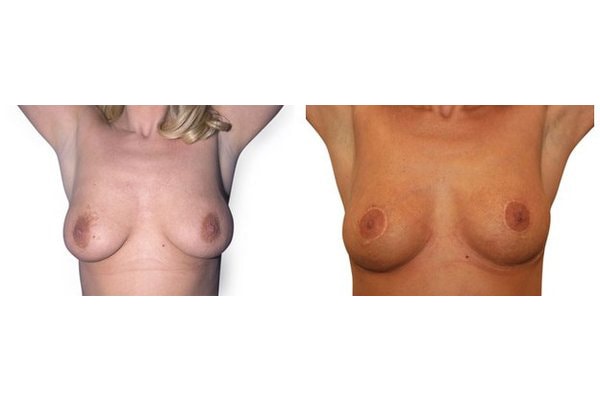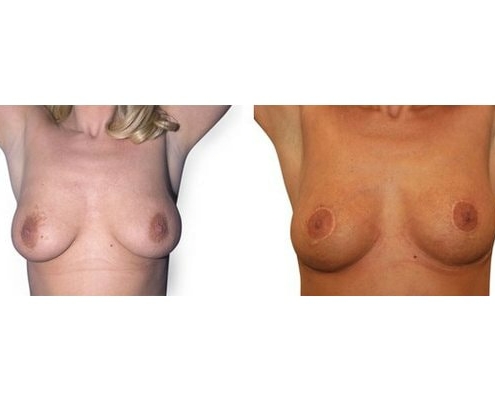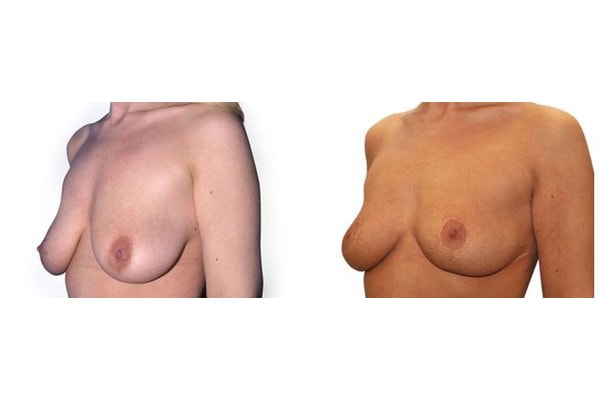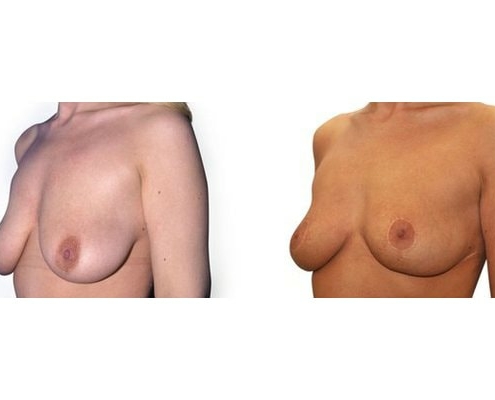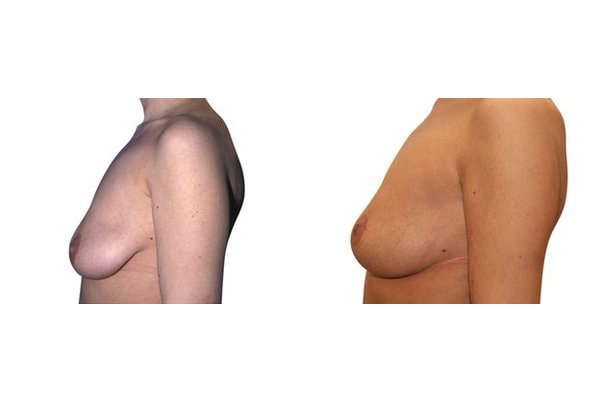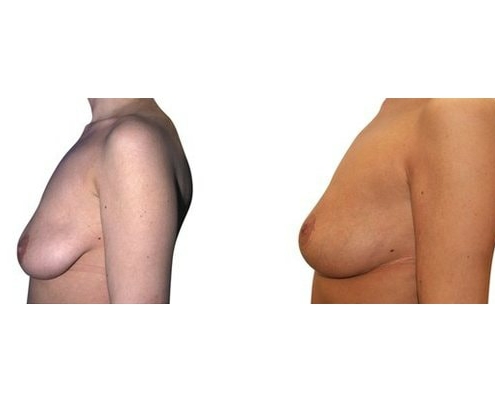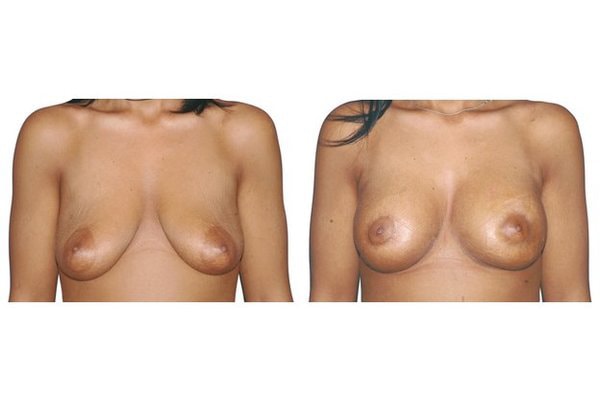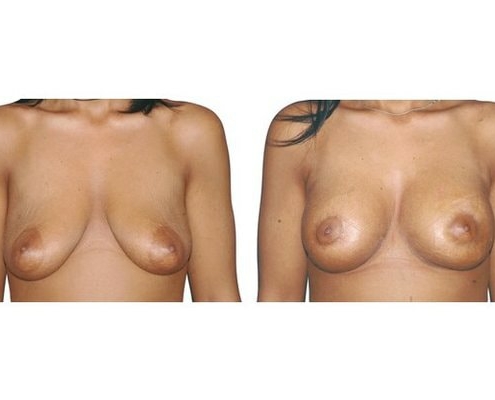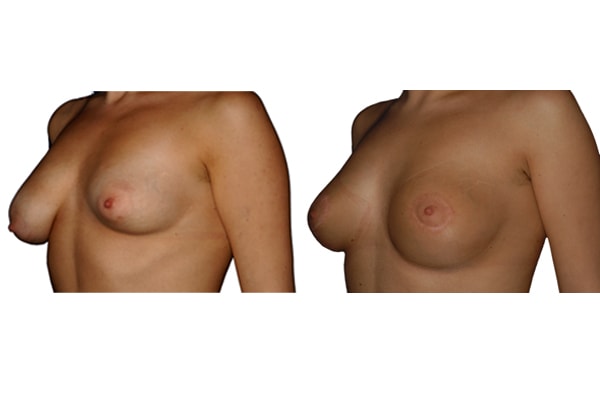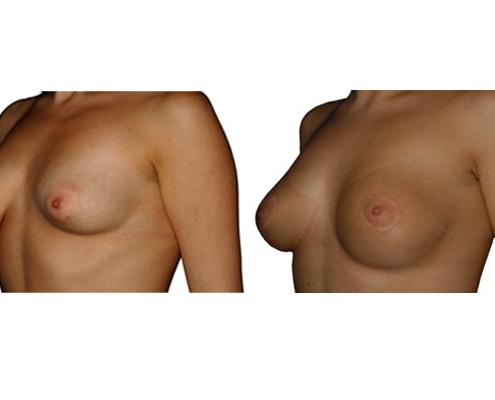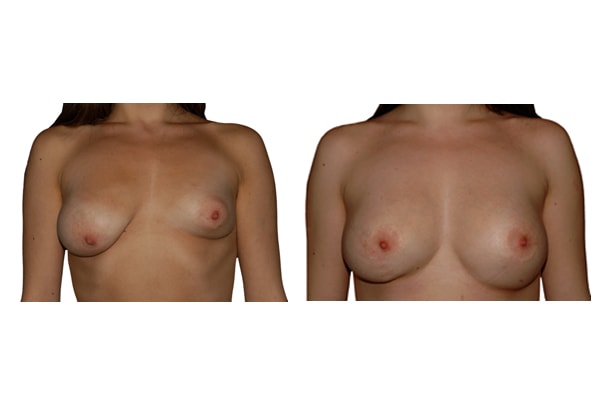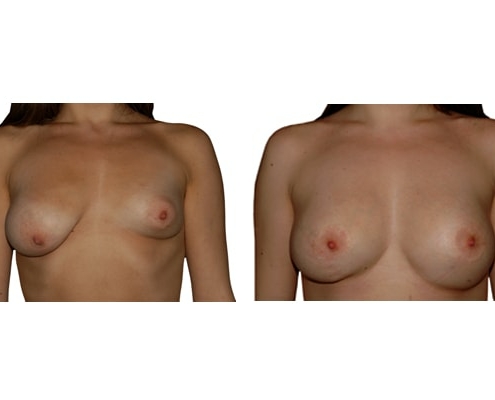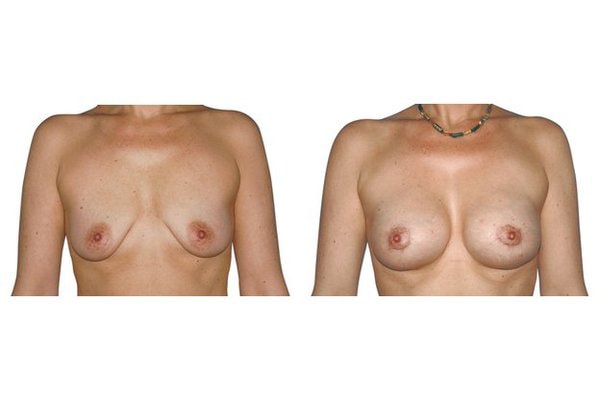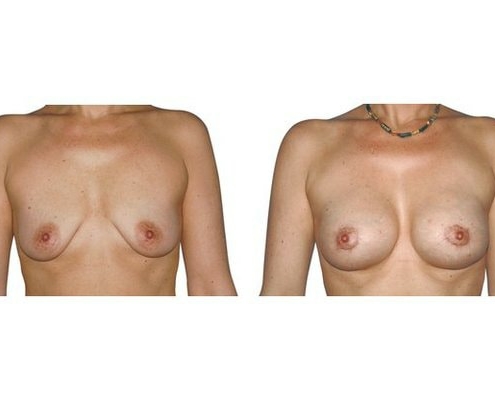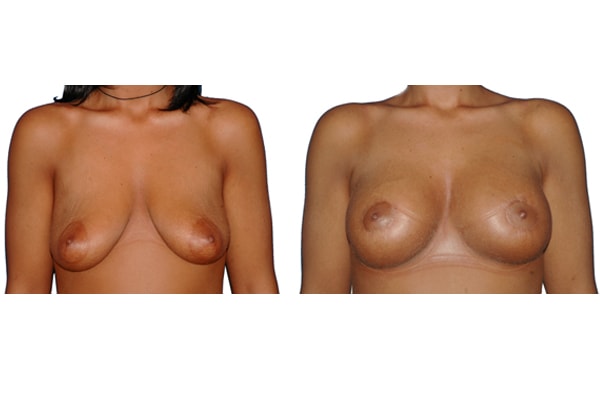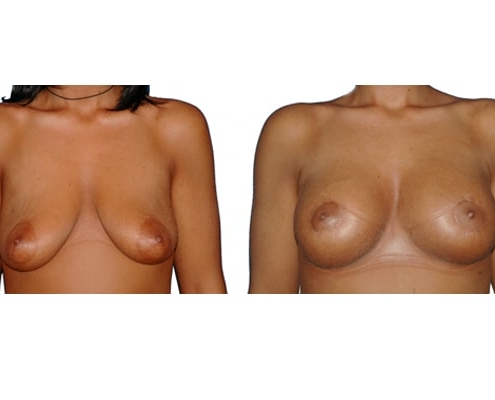1. At what age and until what age can a breast lift be performed?
A breast lift should not be carried out prior to 18 years of age. Growth in size and breast growth should be completed. If the family planning is not yet completed, a method should be used which takes into account the sensitivity of the nipples and the ability to breastfeed. There is no upper age limit if you are medically and psychologically sound.
2. What are the methods of breast lift it and how do they differ?
There are many surgical procedures, which are all derived from the breast reduction. The differences concern the scars process, the characteristics of the blood supply of the areola, the preservation of the sensitivity/excitability of the nipples, the shaping of the breast and not least the durability of the surgical result. Depending on which of these aspects are particularly important for the patient, different techniques are selected. Please discuss with your doctor the pros and cons of his proposed methods.
3. Which possibilities of the scar process are there?
The scarring can progress as: an inverted T (anchor); from the areola going down and out; or from the areola running vertically down; or be confined to the areola. For the shaping of the breast the most effective course is the anchor-shaped scar. Scar-saving techniques can be used if the necessary lift-strain of the areola is not particularly long.
4. Can a large areola also be reduced with a breast lift?
A reduction of the areola, in the context of a breast lift, is possible any time and is routinely carried out when necessary at no extra cost.
5. Can a breast lift be carried out under local anesthesia?
A breast lift is usually an extensive procedure that should be carried out under general anesthesia. In rare cases when only a little work needs to be done, the procedure can be carried out using local anesthesia.
6. Will I lose the ability to breastfeed with a breast lift?
Generally not, however in rare cases, the ability to breastfeed can be affected.
7. Is sensitivity of the nipples lost after a breast lift?
There are methods that jeopardize the sensitivity of the nipples less than others, but have several disadvantages. If nipple sensitivity is particularly important, you should tell your doctor.
8. What complications can occur?
The most common medical complication is bleeding, followed by infections and impaired wound healing (necrosis of the skin and/or the areola). With proper implementation, these complications rarely occur. Aesthetic complications mainly include distorted breasts, asymmetric areolas and widened scars. Aesthetic complications can mostly be corrected, for serious medical complications (necrosis, etc.), this is unfortunately not always possible.
9. How long after the procedure can I resume normal activity?
In general, you can get back to normal after 7-10 days.
10. What are the long-term results after a breast lift?
In absence of weight fluctuations and pregnancies, the long-term results are generally very good. How long the result lasts and as from the time it starts to drop and/or bottoms out again, depends on the weight of the breast (gravitiy) and the individual properties of the tissue (loose or tight connective tissue) and the method used.


